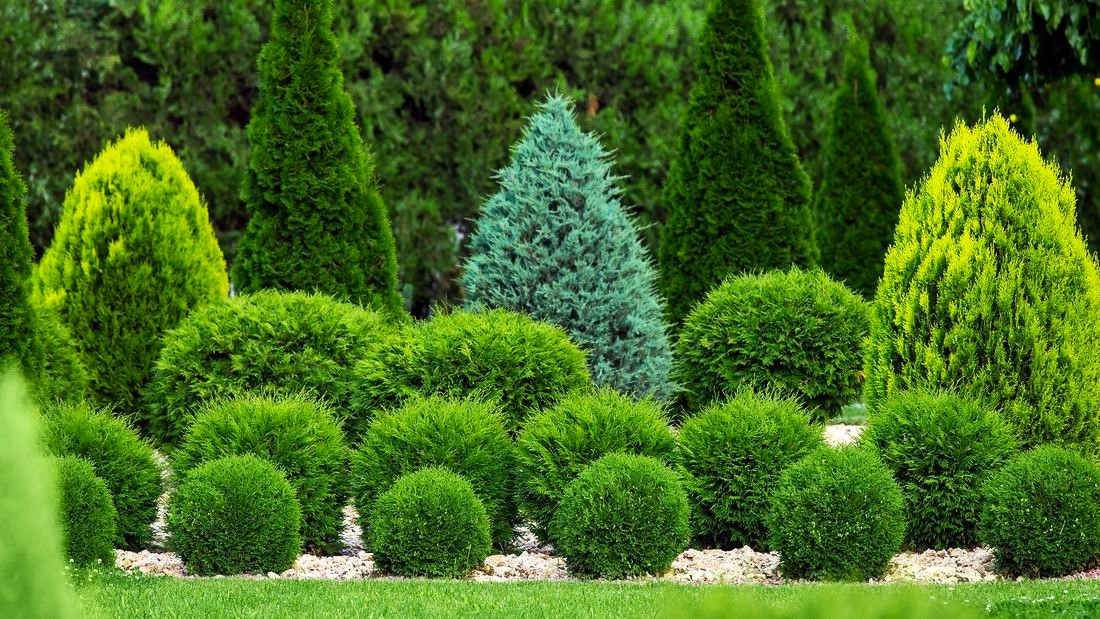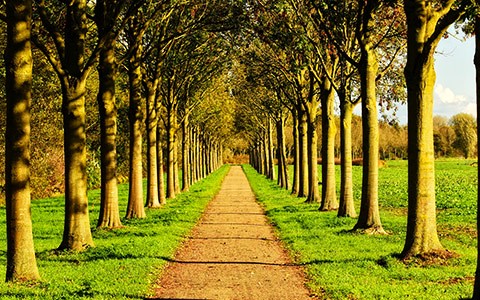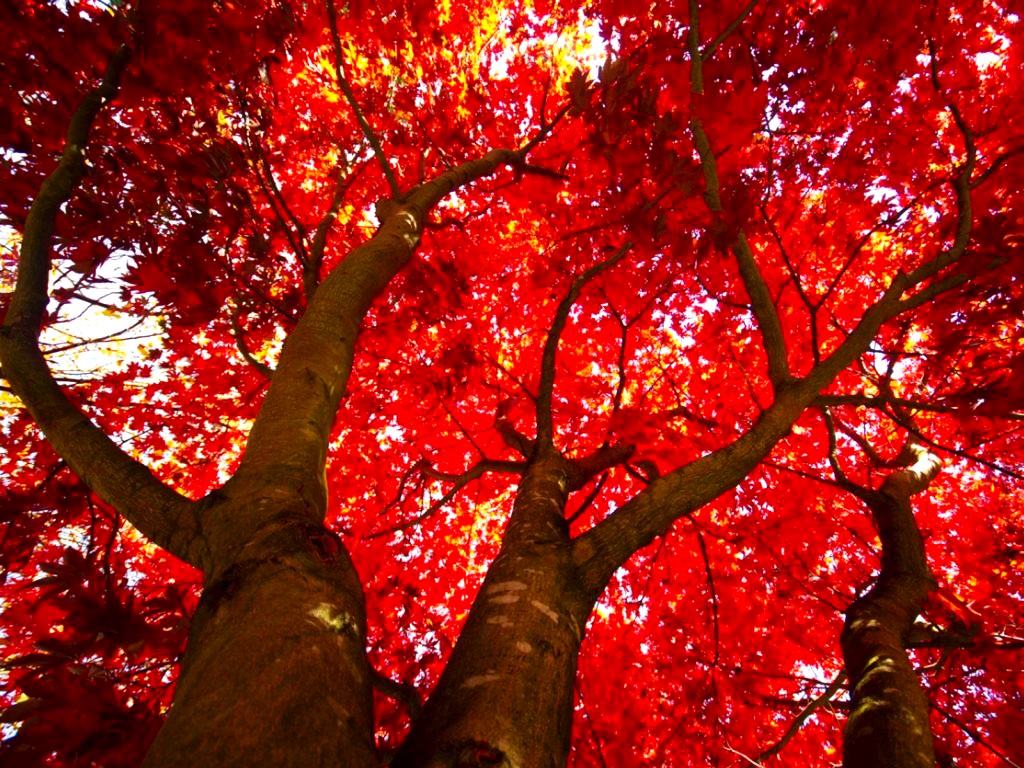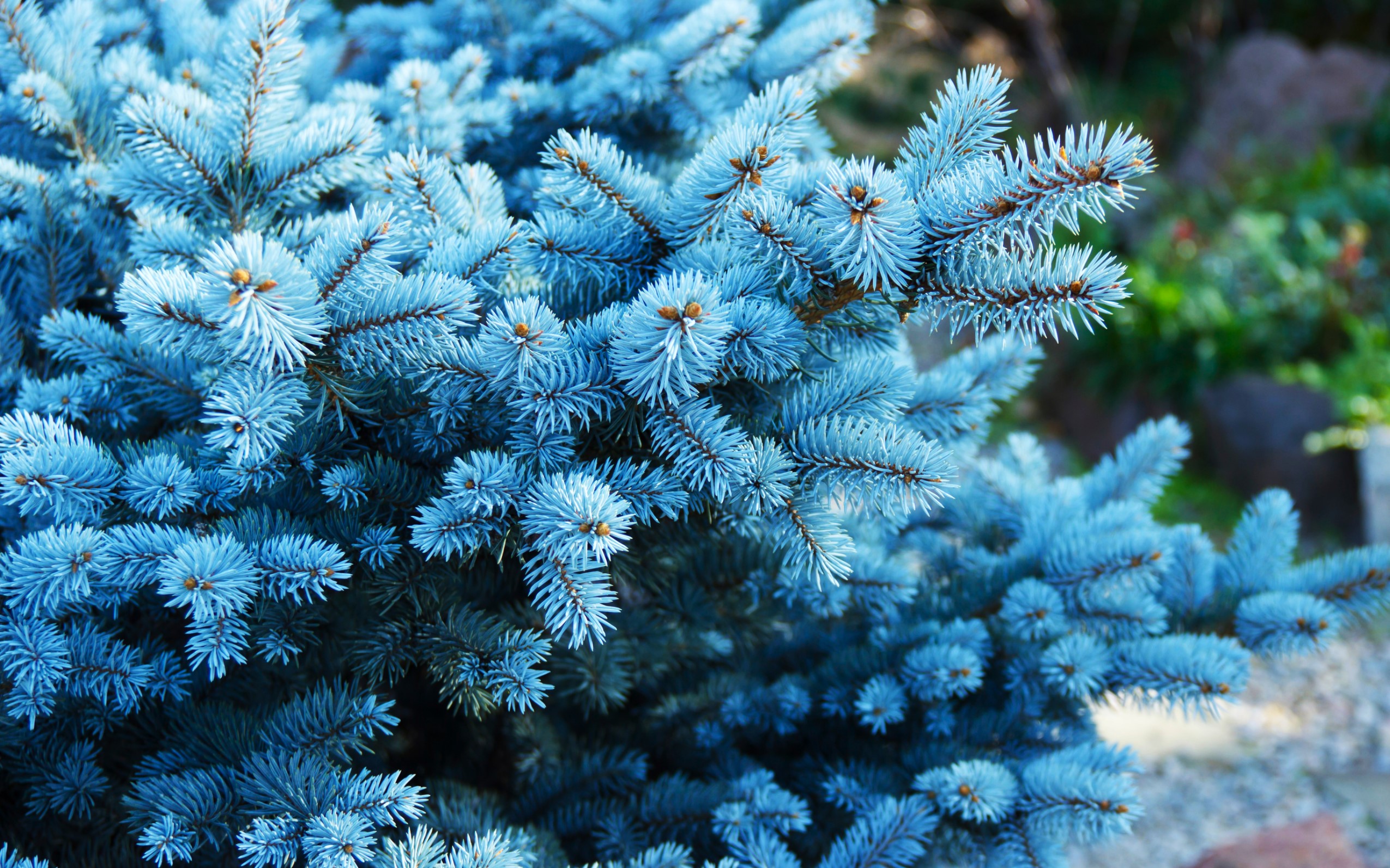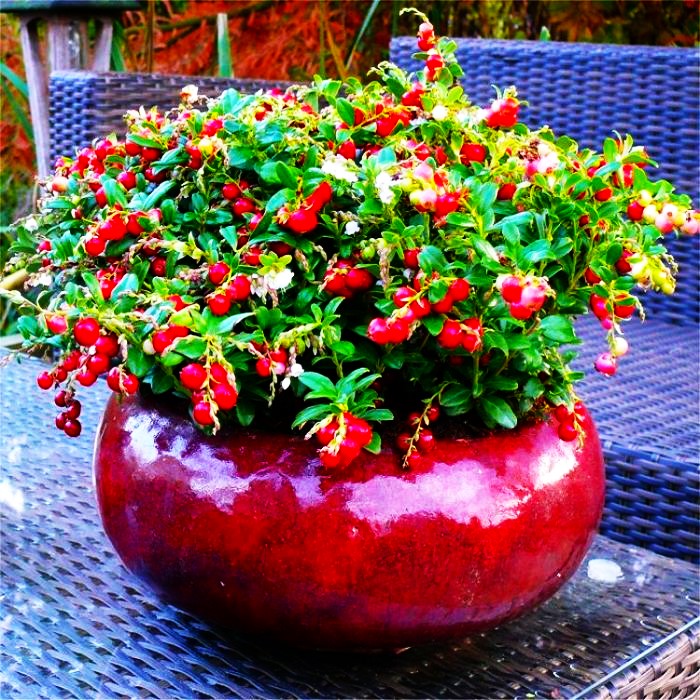Red Fall Leaves and Learn About Trees With Red Foliage In Fall: How do you describe fall colors and What is the meaning of fall foliage?
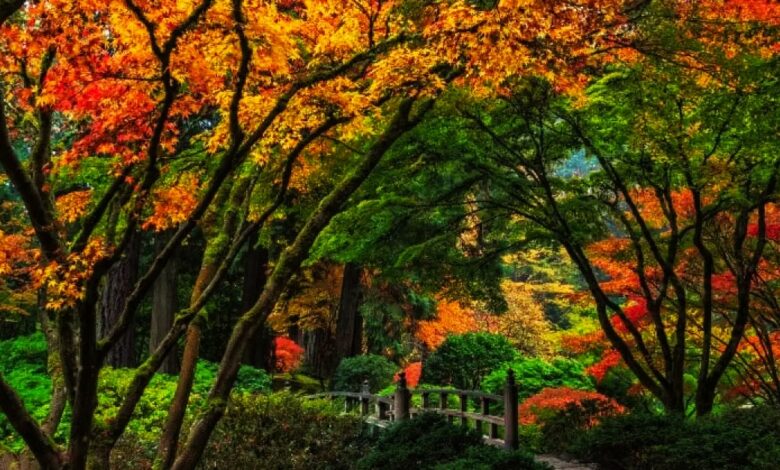
Ahh, the fall colors. Orange, saffron, gold, bronze, yellow, and of course red. The season is adorned in regal splendor by the red fall foliage, which enhances the autumnal palette. Many shrubs and trees can give the backyard landscape that fiery red or pink cache. Autumn-turning trees are much more than just the gorgeous red maples; they make for much more beautiful specimens. Many of these trees have different hues at first, but as the season goes on, they intensify their color until they finally pop with a dramatic red finale.
Autumnal Red Leaves
One of the most exquisite and vibrant seasons is fall. It’s leaf maturity time, but for a few months, a magnificently painted landscape foreshadows the dying of the foliage. Autumn-turning trees have a large number of the most vibrant leaves. Tree leaves that are red offer a striking contrast to many of the more prevalent colors found in nature.
Suddenly, a wild slash of intense fiery color transforms the ordinary landscape’s dull browns, humdrum grays and blacks, and unremarkable greens. Make your garden the talk of the town by adding trees with vibrant fall foliage to your landscape.
Obtaining red fall foliage requires some advance planning. Few species of trees have red leaves all season long, despite the fact that many trees have a series of colors that culminate in red. Still, graduated color displays are frequently among the best; if the final product is a shade of burgundy, red, or ruby, the wait will have been worthwhile.
The best trees for graduated displays that end in a red color could be blackgum, persimmon, sassafras, and Downy serviceberry. Red comes in different shades and tones depending on the species. The foliage of ‘Raywood’ ash is said to be claret in color, while ‘Eddies White Wonder’ dogwood is strawberry red. Though they all still scream “red,” each tone in the family has a delicious difference.
Why Do Red-Colored Tree Leaves Appear?
The supply of chlorophyll flowing through a tree and its leaves starts to get cut off in the fall when the tree goes dormant. The leaves’ color changes due to a deficiency of chlorophyll. Since it covers up other colors in the leaf, chlorophyll is typically the color that is most noticeable to the eye. The other colors stand out when the green is absent.
The pigment called anthocyanin, which also gives leaves their purple hues, is responsible for red fall foliage. Fall leaf sugars that are trapped produce these anthocyanins. Most plants do not contain anthocyanins during the growing season, in contrast to the other primary plant pigments. This may seem unclear until you pay close attention to the word “most.”
Anthocyanins, which naturally occur in red maples and several other plants, give their leaves their red color throughout the year.
Trees That Become Red in the Fall
If the rich maroons, crimson, and cherry reds of fall captivate you, a list of trees with red fall foliage will come in handy when you’re trying to find that perfect autumn hue. Red oaks get a deeper wine-colored red as the weather cools, but traditional red maples just seem to get richer reds.
Other trees that have red tones are:
All of these offer year-round seasonal beauty in addition to creating an incredible red fall spectacle.

